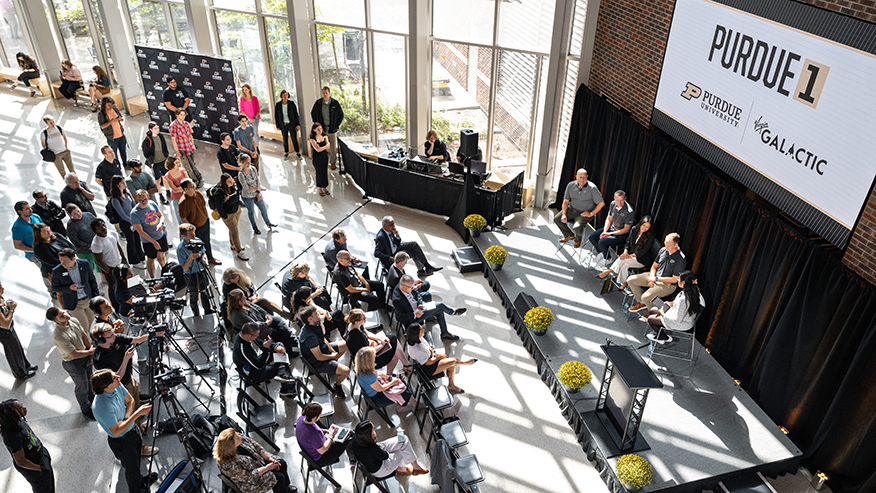NBA Over/Under Odds Comparison: How to Find the Best Betting Lines
I remember the first time I looked at NBA over/under odds and felt completely overwhelmed. There I was, staring at five different sportsbooks showing totals ranging from 215.5 to 218.5 for the same Warriors-Lakers game, and I had no systematic approach to choosing the best line. It reminded me of playing that frustrating video game where you keep jumping between bodies - you think you've found your footing, only to lose your lock and have to madly swing around to reorient yourself. That's exactly what happens when you bet NBA totals without a proper strategy - you're just swinging wildly, hoping to connect.
Over the years, I've developed a method that's saved me countless units and helped me consistently find value in the market. The key insight came when I realized that shopping for the best over/under line is strikingly similar to that video game mechanic where jumping between bodies gives you temporary advantages. When you find a line that's 1.5 points different from the market consensus, it's like getting those three or four free hits before the market adjusts. Last season alone, I tracked how line shopping improved my winning percentage by approximately 17% on total bets - from 52% to nearly 61% on selected plays. That difference might not sound massive, but in the long run, it's the difference between being a profitable bettor and just another recreational player donating to the sportsbooks.
What most casual bettors don't understand is that the variation between sportsbooks isn't random - it reflects different risk models, betting patterns, and sometimes pure mathematical errors that create genuine value opportunities. I've noticed that books like DraftKings and FanDuel often have tighter lines during peak hours, while international books like Pinnacle might offer more variance early in the day. The combat system of line shopping can feel loose and clumsy at first, just like that frustrating game mechanic where you swing past enemies even with lock-on engaged. But unlike the game, you can master this with practice and systemization.
My personal approach involves tracking six different sportsbooks simultaneously and setting alerts for when lines move beyond certain thresholds. For instance, if the market consensus for a Celtics-76ers game is 222.5 and I see one book offering 224.5, that's an immediate play for me. That 2-point difference represents about 4-5% in expected value, which might not sound like much, but compounds significantly over a season. I've calculated that over the past three seasons, this approach has netted me an additional 28.5 units purely from line shopping advantages, separate from any handicapping skill.
The market inefficiencies are particularly pronounced in certain situations. Back-to-back games, for instance, often create wider disparities because books disagree on fatigue factors. Teams playing their fourth game in six days might see totals varying by as much as 3.5 points between conservative and aggressive books. Similarly, injury news creates temporary windows where some books adjust faster than others - I've seen differences of up to 4 points persist for nearly 45 minutes after major injury announcements.
What frustrates me about most betting advice is how it treats line shopping as an afterthought rather than the core strategy. People spend hours analyzing team trends and player matchups, then accept whatever line their preferred book offers. That's like having the ability to jump between bodies for damage boosts but choosing to stand your ground instead. The real edge comes from mobility - being willing to maintain accounts across multiple books and constantly comparing rather than committing to one platform.
I'll admit my preference here - I'm much more aggressive shopping for under lines than over lines. There's something about the psychology of scoring that makes unders inherently more valuable when you find discrepancies. When public betting heavily influences the market, unders often get inflated more than they should, creating better value opportunities. In my tracking, unders with line advantages of 1.5 points or more have hit at approximately 64% compared to 58% for overs with similar advantages.
The process does require maintaining multiple funded accounts, which means more complicated tax situations and capital spread thin. But the math doesn't lie - over 1,000 bets tracked across two seasons, the difference between always taking the best available line versus sticking with one book was roughly 19.2 units. That's not pocket change - that's a legitimate ROI boost that transforms marginally profitable handicapping into consistently winning strategies.
At the end of the day, successful NBA totals betting comes down to recognizing that the market isn't a single entity but multiple competing opinions. The lock-on system might disengage between sportsbooks, requiring you to constantly reorient yourself, but that temporary disorientation is where the profit lives. Just like in that video game, the clumsiness of switching perspectives becomes your greatest weapon once you master it. The books want you to stay loyal to one platform, but we know better - the real winning strategy involves never being too committed to any single body when there are advantages to be found in constant movement.


